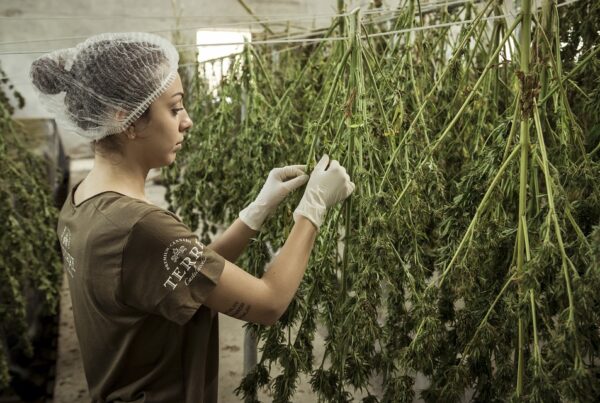Introduction
Climate change is a global issue that is affecting ecosystems and biodiversity worldwide. The increase in greenhouse gas emissions and global temperatures is leading to changes in weather patterns, rising sea levels, and the loss of habitats for many species. In this article, we will explore the impact of climate change on global biodiversity and the importance of taking action to mitigate its effects.
H1: Understanding Climate Change
Climate change is the long-term alteration of temperature and typical weather patterns in a place. It involves changes in temperature, precipitation, and other weather-related factors. The primary cause of climate change is the release of greenhouse gases, such as carbon dioxide and methane, into the atmosphere. These gases trap heat from the sun, leading to a warming effect known as the “greenhouse effect.”
H2: Effects of Climate Change on Biodiversity
1. Habitat Loss: One of the most significant impacts of climate change on biodiversity is habitat loss. Rising temperatures and changing precipitation patterns are altering landscapes, causing habitats to become unsuitable for many species. This leads to a decline in populations and even extinction for some species that cannot adapt quickly enough.
2. Species Extinction: Climate change is a significant driver of species extinction. As habitats disappear and temperatures rise, many species are unable to survive. This results in a loss of biodiversity, which is essential for ecosystem health and resilience.
3. Shifts in Migration Patterns: Many species rely on specific seasonal changes to breed, migrate, or feed. However, climate change is disrupting these patterns, causing confusion and challenges for many animals. Some species may have to travel further to find suitable habitats, while others may not be able to survive the changing conditions.
H3: Case Studies
1. Polar Bears: Polar bears are one of the most well-known species affected by climate change. The melting of sea ice in the Arctic is drastically reducing their habitat and food sources. As a result, polar bear populations are declining, making them vulnerable to extinction.
2. Coral Reefs: Coral reefs are also at risk due to climate change. Rising ocean temperatures and acidity levels are causing coral bleaching, where corals lose their colorful algae and become more susceptible to disease. This leads to the death of corals and a reduction in biodiversity in reef ecosystems.
3. Birds: Many bird species are experiencing changes in their habitats and migration patterns due to climate change. Warmer temperatures are altering the timing of breeding and migration, leading to mismatches with food sources and threatening their populations.
H2: Mitigating Climate Change
1. Reduce Greenhouse Gas Emissions: One of the most effective ways to mitigate climate change is to reduce greenhouse gas emissions. This can be achieved through the use of renewable energy sources, energy efficiency measures, and sustainable practices in agriculture and transportation.
2. Conservation Efforts: Protecting and restoring habitats is crucial for maintaining biodiversity in the face of climate change. Conservation efforts, such as creating protected areas, restoring degraded ecosystems, and reducing deforestation, can help species adapt to changing conditions.
3. International Cooperation: Climate change is a global issue that requires collaboration between countries to address. International agreements, such as the Paris Agreement, aim to reduce greenhouse gas emissions and limit global temperature rise. By working together, we can mitigate the impacts of climate change on biodiversity.
H1: FAQs
Q: How does climate change affect biodiversity?
A: Climate change can lead to habitat loss, species extinction, shifts in migration patterns, and disruptions to ecosystems. These impacts can have far-reaching consequences for biodiversity and ecosystem health.
Q: What can individuals do to help mitigate climate change?
A: Individuals can take actions such as reducing energy consumption, using public transportation, supporting renewable energy sources, and advocating for climate-friendly policies. Small changes at the individual level can have a significant impact on reducing greenhouse gas emissions.
Q: Why is biodiversity important in the face of climate change?
A: Biodiversity is essential for ecosystem resilience and adaptation to changing conditions. A diverse ecosystem is more likely to withstand the impacts of climate change and recover from disturbances. Protecting biodiversity is crucial for maintaining the health of our planet.
Conclusion
Climate change is a global challenge that is affecting biodiversity around the world. The loss of habitats, species extinction, and disruptions to ecosystems are just some of the impacts of climate change on global biodiversity. It is crucial to take action to mitigate the effects of climate change and protect biodiversity for future generations. By working together and implementing sustainable practices, we can ensure a healthier planet for all living beings.








